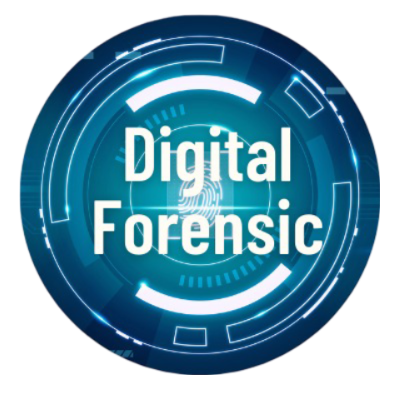
Digital Forensics
Digital forensics is the process of collecting, analyzing, and preserving electronic evidence to investigate cybercrimes and security incidents. It involves examining computers, networks, and digital devices to recover deleted data, trace attacks, and identify perpetrators. Key areas include disk forensics, memory forensics, network analysis, and malware investigation, ensuring integrity and admissibility of evidence in legal proceedings.
The world’s leading cybersecurity firm, Craw Security, has fallen victim to a highly sophisticated cyberattack. Millions of dollars vanished from corporate accounts, and yet, there are no logs, no traces, and no conventional forensic evidence left behind.
A cryptic anonymous email was sent to the company’s CEO, claiming responsibility and challenging investigators:
"No forensic tool can trace our work. If you think otherwise, prove it."
The attackers used anti-forensic techniques to cover their tracks, manipulate evidence, and mislead investigators.
Your mission? Track them down, uncover their hidden methods, and retrieve the final flag before all traces disappear forever.
Your investigation begins with a single suspicious file—a file that appears normal but holds a hidden message inside.